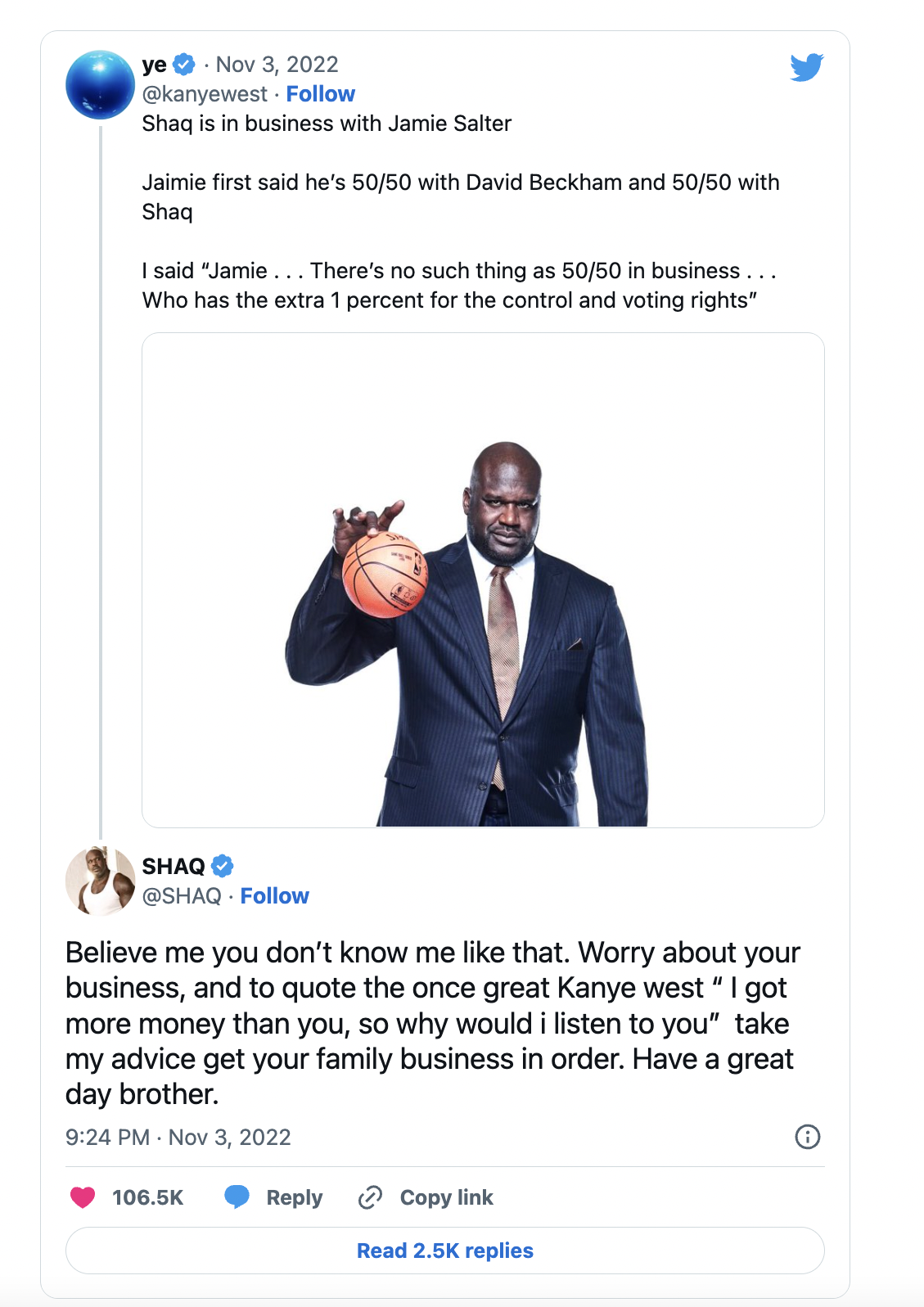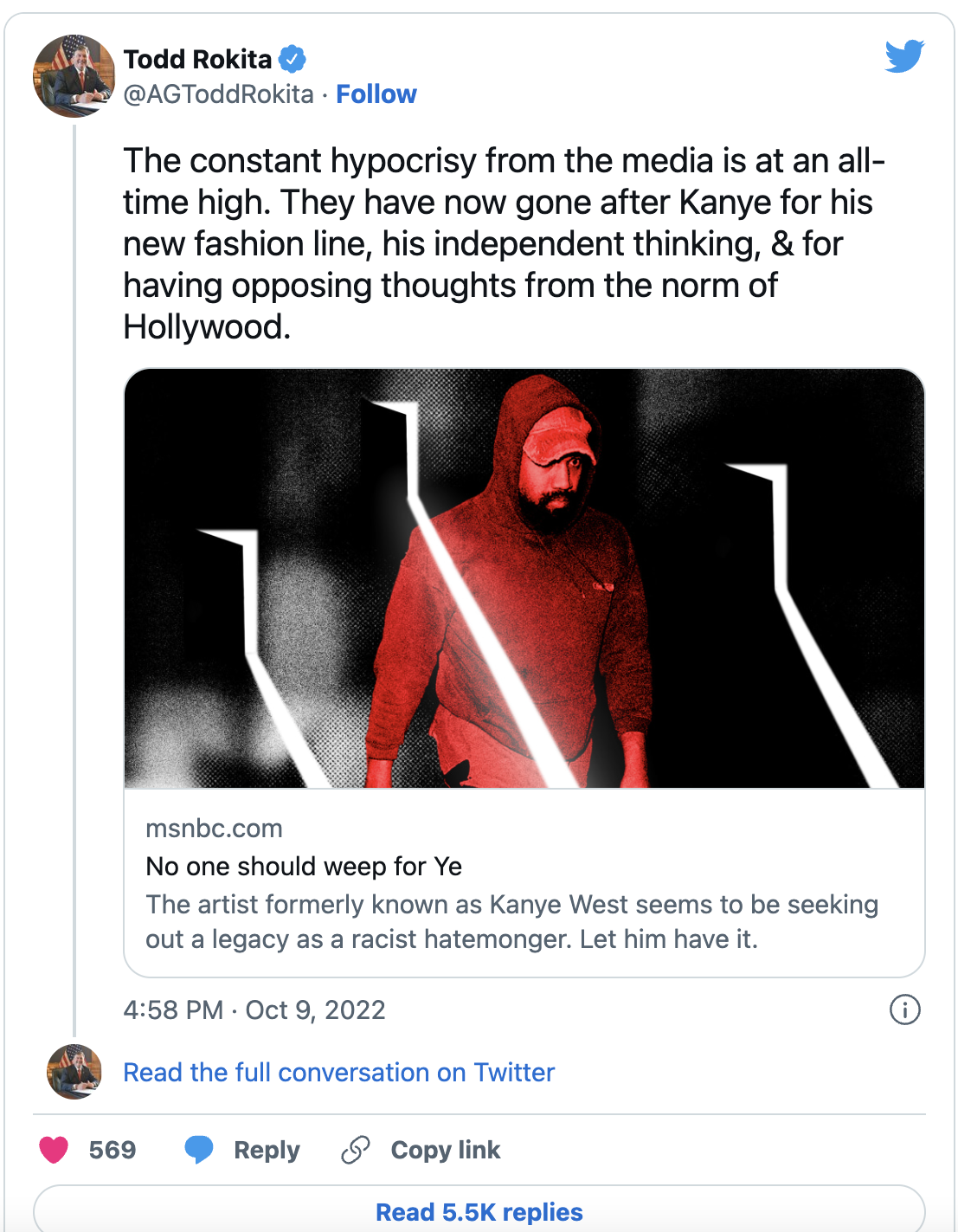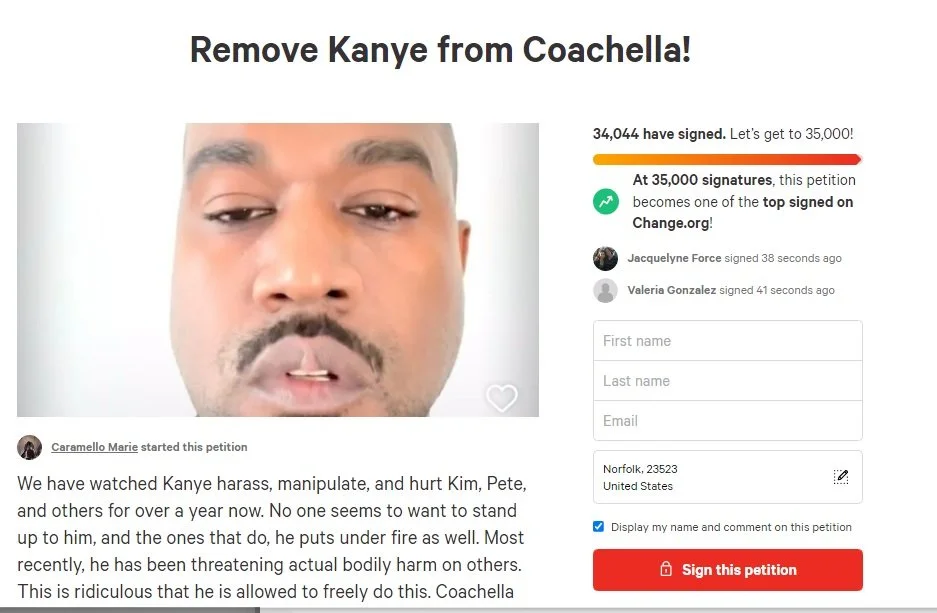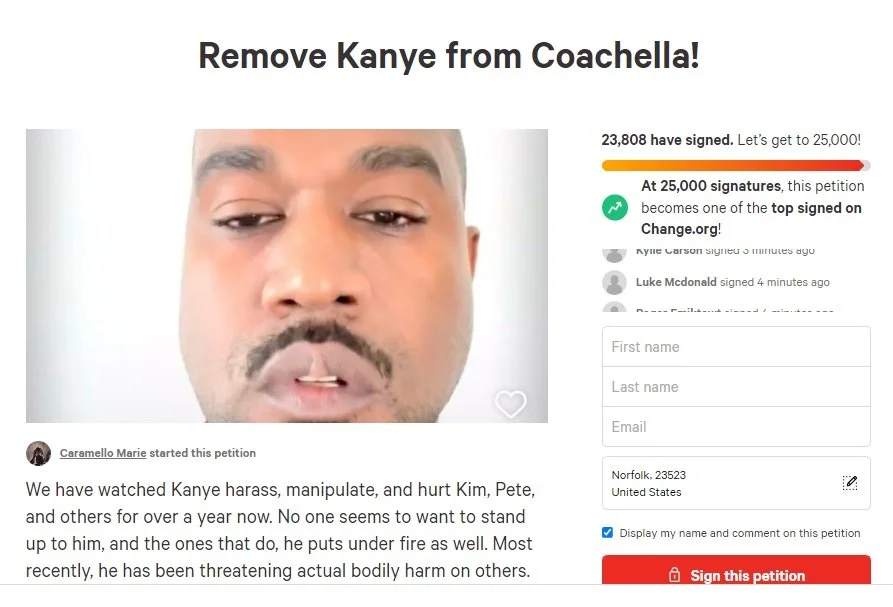How Teach for America Evolved Into an Arm of the Charter School Movement -Pt 2
/United Teachers Los Angeles Twitter, December 2018.
By Annie Waldman for ProPublica. Continued from Pt 1
Another Teach For America corps member in Los Angeles, Faisal Hirji, is equally loyal to his school — a traditional public high school. The veteran teachers whom McCreary perceives as battle-axes, Hirji praises for their hard-earned wisdom. Hirji, who teaches special education, said TFA’s five-week training, plus a handful of online modules that it provided on how to teach children with special needs, weren’t nearly enough.
“Our kids are being dramatically underserved compared to what an experienced teacher could do,” he said. (Teach For America said that students of its teachers were at least as likely to pass state assessments as their peers.)
Like Hirji, all of Teach For America’s corps members in Los Angeles public schools were assigned to special education classrooms. “We were thrown into the fire,” he said. Teach For America said that aside from the summer institute, it provides “coaching, collaboration with veteran teachers, and local professional development opportunities” throughout a corps member’s commitment, but Hirji said its support was not enough. Realizing that Hirji needed a mentor, the principal at his East Los Angeles school had him work alongside a veteran special education teacher for his first semester.
“I didn’t learn anything from Teach For America,” he said. “I learned it all from my school.”
Typically, public school districts or charter schools pay Teach For America an annual finder’s fee of $3,000 to $6,000 per teacher. From 2013 through 2017, Teach For America reaped more than $110 million in recruitment and placement fees, according to tax filings. The districts or charters also pay the teachers’ salaries and benefits.
Often, they’re ponying up for short-timers. According to Teach For America, about 30% of its corps members leave teaching at the end of their two-year terms, and research has shown that only one-fourth stay in the classroom for more than five years, compared with about half of all new teachers.
In 2016, the San Francisco Unified School District cut ties with Teach For America, citing concerns about retention rates. The following year, Duval County, Florida, which includes Jacksonville, ended its contract, which allowed for up to $600,000 a year to Teach For America for the annual recruitment of at least 100 teaching candidates. About a third of TFA corps members stayed beyond two years in the district and only a tenth stayed for five years, a study from Teachers College, Columbia University found. In comparison, 60% of new teachers who weren’t affiliated with Teach For America stayed more than two years, and 40% more than five years. Teach For America said that its retention rate in Duval County has since improved, and that almost 80% of those who started teaching in 2017 plan to stay for a third year.
“One of the biggest questions was the return on investment,” said school board chair Lori Hershey. “We could certainly recruit teachers at less expense and keep them longer than two years.”
In 2018, Houston’s district renewed its contract with Teach For America despite plans to lay off hundreds of teachers. Then, this May, its board discontinued the contract for the coming school year. Mika Rao, a managing director for regional communications and public affairs at Teach For America, called the decision “a great loss for [Houston’s] kids.”
School board trustee Elizabeth Santos, who has taught in Houston’s traditional public schools for over a decade, voted to end the contract, calling TFA “problematic.” It “deprofessionalizes teaching, increases turnover and undermines union organization,” she said at the board meeting.
Trustee Holly Maria Flynn Vilaseca, a former corps member who briefly worked as a program director for Teach For America, supported renewal. “We tend to have a teacher shortage every year and this just allows principals to be able to have the opportunity to hire with this route,” she said at a board meeting.
About a third of Teach For America corps members in Texas are still teaching there after five years, compared with over three-quarters of non-TFA teachers, according to a recent study by the American Institutes for Research. Rao said TFA’s retention rate in Texas school districts has improved 20% since 2010.
Many of those who stay in education after their two-year stint in a traditional public school eventually shift to charter schools. While a quarter of corps members were placed in charter schools, about 40% of alumni who stayed in education later worked in them, according to a review of survey datafrom Teach For America alumni in Texas. TFA said this disparity is misleading because their data shows that alums who continue as teachers, instead of going into administration, switch from traditional public schools to charters at a lower rate than the other way around. About two-fifths of its alums in Texas are currently employed in administration or leadership, mostly in charter schools, according to the survey.
Tiffany Cuellar Needham, the executive director of Teach For America in Houston, said many alumni shuttle between both types of schools. “We see our alums make very intentional decisions about, for example, starting in a traditional public school district and maybe going to a charter school to get a certain sort of professional development that they think they need and then going back to a traditional district,” she said.
Thousands protest in Phoenix on the first day of a statewide teachers' strike, April 26, 2018. (AP Photo / Ross D. Franklin) via The Nation
Beard, TFA’s chief executive, said the rejections by major school districts don’t indicate a national trend. “Every community has different dynamics and politics and budgets, and there’s lots of nuance and complicated factors going in,” she said.
This year, TFA’s turnover prompted Cristina Garcia, a Democratic state assemblywoman in California and former math teacher, to propose requiring teachers from Teach For America and other trainee programs to stay in the classroom for at least five years. Because Teach For America only demands a two-year commitment, it would have to change its model to operate in the state.
Supported by the California NAACP and the California Federation of Teachers, and opposed by the charter school lobby, the bill would also ban the finders’ fees that Teach For America charges schools. “Allowing Teach For America to come in, learn on the job, to experiment and create reform advocates is not creating people that are going to stay in the classroom,” Garcia said. “Is it really about creating a void because we have a teacher shortage, or is it about creating education reform advocates?”
Republican state Assemblyman Kevin Kiley cast the only vote against the bill in the education committee. “It’s probably the most disgraceful piece of legislation I’ve seen,” he said. It passed the appropriations committee in May, but it has been delayed until next January.
Kiley himself contributed to Teach For America’s low retention rates. After graduating from Harvard in 2007, he joined Teach For America and taught at a traditional public school in Los Angeles, where he started a debate team. After his two-year stint, he attended Yale Law School and worked as a deputy California attorney general.
“Many [corps members] stay in the classroom, but others move on, and that’s by design,” he said.
When Kiley ran for State Assembly in 2016, Leadership for Educational Equity, a “dark money” group that does not disclose its donors in its tax filings, advised him on strategy in regular phone calls. “I was a first-time candidate, and I was seeking wisdom wherever I could find it,” he said.
LEE contributed $8,360 to his winning campaign, according to campaign finance filings. In addition, after he filled out an internal questionnaire that asked the charter school supporter about his views on education reform and other issues, his campaign received more than $33,000 from three LEE directors — Silicon Valley entrepreneur Arthur Rock, Emma Bloomberg and Steuart Walton — and some of their family members.
LEE “put me in touch with two or three donors, which is a small percentage of overall funding,” Kiley said. “You draw from all sources when you’re running.”
Kopp established LEE in 2006 to help Teach For America alumni gain power, including by giving to their political campaigns. Although the two organizations operate independently, they share office space, and Teach For America donates millions of dollars to LEE each year through an intermediary foundation. Only Teach For America alumni can be LEE “members,” entitling them to free training on leadership development, civic engagement and other topics.
LEE, which received $29 million in contributions and grants in 2017, helped more than 150 alumni run in local and state races in 2018, according to an internal presentation obtained by ProPublica. (Leadership for Educational Equity said the presentation’s figures were incomplete and unreliable.) Half of LEE members that ran for office were women, and almost half were people of color.
The group gives to TFA alums regardless of their views on education. But if candidates indicate on the internal questionnaire that they support school choice or charters, directors Walton, Bloomberg and Rock often add their own individual donations, according to three former employees.
“The survey that the team uses is to really help the candidates to articulate” their positions and values, said Jason Llorenz, vice president of communication for LEE. “Certainly where we can help to connect to other people that can support them, whether that be about choice or about gun control or any number of other things, we certainly do.” Leadership for Educational Equity said it has contributed to several candidates who were supported by teacher unions.
Carl Zaragoza, LEE vice president of elected leadership, also said his team teaches candidates to network. “With money, the value added that we offer our folks is to how they will build relationships with folks that do have money who are aligned with their values,” he said. “That is part of the individual coaching we provide.”
Bloomberg, who is also on the KIPP board, said that Leadership for Educational Equity “supports a diverse set of leaders in communities across the country who believe deeply in the importance of high quality public education.” In the past, at her request, LEE has recommended candidates for whom her contributions could make the biggest difference, according to her communications adviser. It’s a coincidence that some of the candidates she funds favor education reform, because that’s not one of her criteria, the adviser said. Walton declined to comment on his donations or work with LEE, and Rock didn’t address questions about them.
Beard, TFA’s chief executive, is also on the LEE board. When asked about its work, she said it’s “a totally separate entity,” which Teach For America’s alumni choose to participate in. “We believe leadership development is core to what we do. We believe that we should be supporting our alumni in pursuing all of their interests and helping them ensure that they are accelerating their own leadership.”
Vilaseca, the Houston school board trustee who voted to renew Teach For America’s contract, was a founding teacher at a KIPP charter school. Walton family members and Rock gave a total of $20,000 to her 2017 campaign, in addition to $6,000 from LEE. Vilaseca did not respond to emailed questions.
Also in 2017, two Teach For America alumni ran against each other for the Los Angeles school board. Nick Melvoin, a charter school advocate, challenged board president Steve Zimmer, who taught at a traditional public school and was backed by the union. LEE contributed $2,200 to Melvoin, and $1,100 to Zimmer. (LEE said it gave another $1,100 to Zimmer, but his campaign treasurer said it was never received.) Rock and the Bloomberg family added $5,400 for Melvoin, but nothing for his opponent. Melvoin won and has become the most vocal charter supporter on the board.
“My north star is anything that will help improve outcomes for kids is good, and charter schools are doing that,” Melvoin said. This year, he was the only school board member to oppose a citywide moratorium on charters.
When Ava Marinelli heard last fall that her fellow teachers at Los Angeles Unified School District were planning a strike, she wanted in.
“I know where my values lie, and they lie with the union,” said the second-year Teach For America corps member, who graduated in 2017 from Boston University. “I’m not crossing a picket line.”
Striking teachers grasp hands during a rally at the West Virginia Capitol in Charleston. (Chris Dorst/Charleston Gazette-Mail via AP) via Washington Examiner.
But her decision carried a financial risk. Through Teach For America, she and other corps members received scholarships from AmeriCorps, a federal program that prohibits assisting or promoting union organizing. The money helped pay for Marinelli’s coursework toward a master’s degree in education, a key teaching credential.
Teach For America cautioned Marinelli and other corps members not to strike, or else they would lose their Americorps funding. As a strike loomed, they asked Lida Jennings, executive director of Teach For America in Los Angeles, if they could give up their AmeriCorps money. Jennings agreed, but she told them that to retain even partial funding, they would have to cite extenuating circumstances for striking, such as harassment, pressure or bullying from other teachers, according to three corps members who spoke with her.
Jennings confirmed this position in an email to ProPublica. The teachers “had a difficult process to navigate due to the federal regulations they have to follow,” she wrote. “Those choosing to exit would have to demonstrate and detail extenuating circumstances, such as challenges at their placement school or other impact.”
Marinelli followed this advice. She told Jennings in an email that she faced “intimidation” at her school — a falsehood that still haunts her. “I lied to exercise my civil rights,” she said. “I was encouraging my colleagues to go on strike. No one intimidated me to do this.” Teach For America agreed to replace the striking teachers’ lost scholarship money with private funds. It has since arranged that, in the future, all teachers who choose to join a picket line will be suspended from AmeriCorps during the strike and then reinstated at the end, with no impact on their scholarships.
Alongside her students, their parents and her fellow teachers, and wearing a bright red scarf wrapped around her neck, Marinelli picketed outside of her school as well as the district’s headquarters, frequently leading chants with a megaphone, for all six school days until the strike was settled. The union extracted key concessions, including a board vote on whether to support a statewide cap on the number of charter schools.
“It felt so hypocritical to join Teach For America for the social justice lens and then not go on strike, compromising the values that brought me to Teach For America,” Marinelli said. “Even though they claim to be an apolitical organization, I really felt there was an agenda.”
























![Kanye West's [aka Ye] Refusal to Treat His Mental Illness Is No Excuse For His Anti-Semitism](https://images.squarespace-cdn.com/content/v1/55f45174e4b0fb5d95b07f39/1666238183530-4WVG9SNG88HTSKQ0WWDV/Is+Kanye-West-Running-Out-of-Platforms.png)








